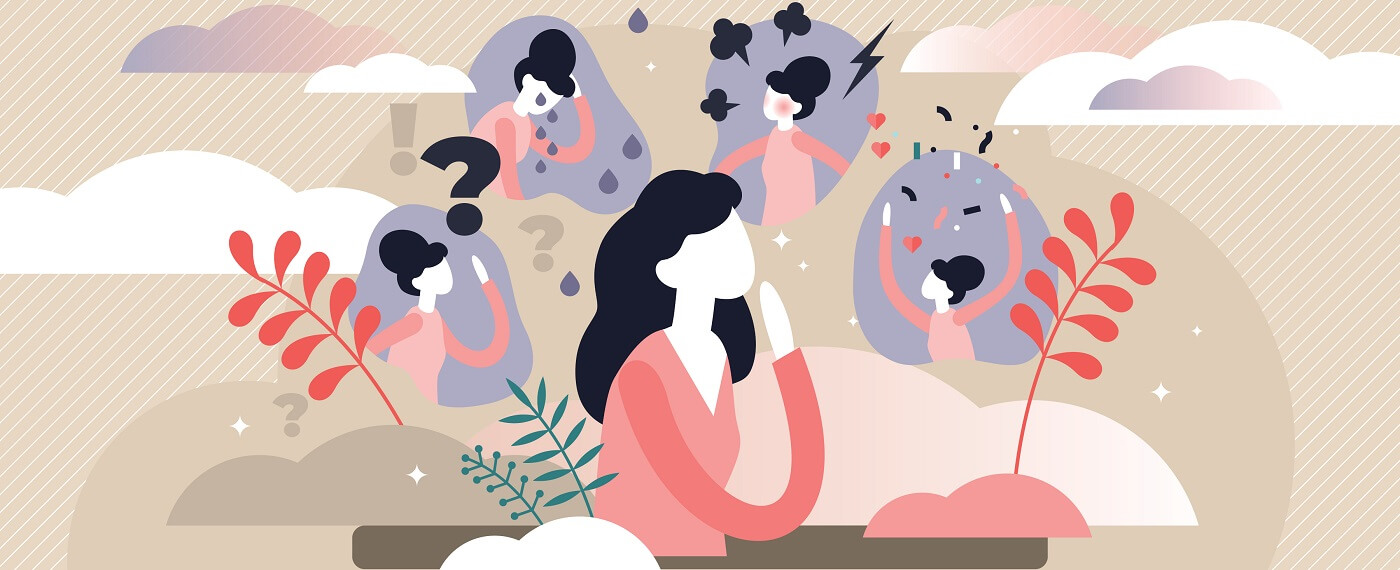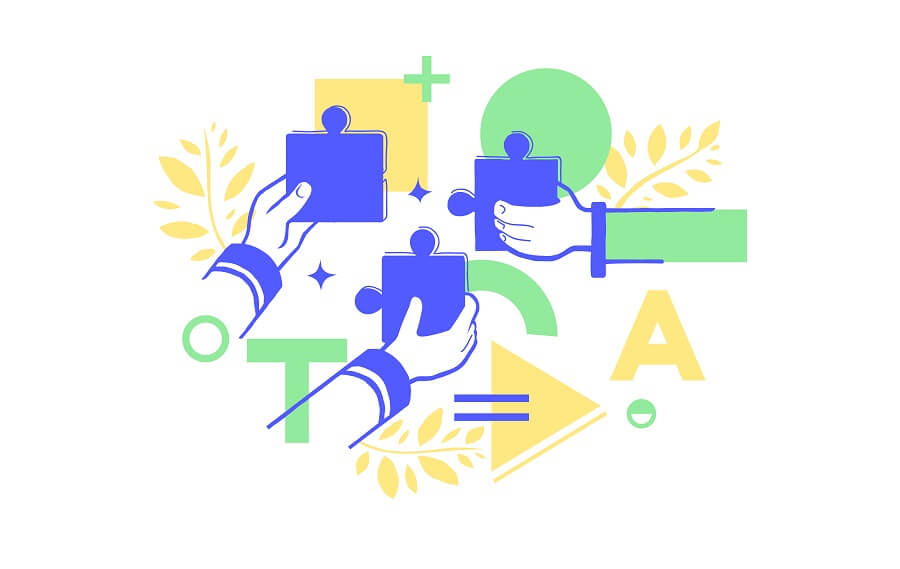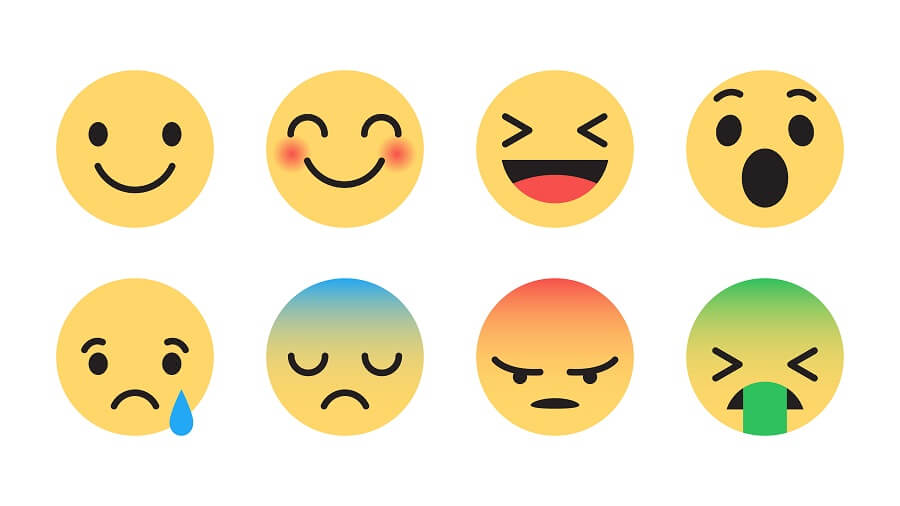
Mood Congruent Memory – Understand Reactivation of Memories
Table of Contents
Mood congruent memory is the reactivation of emotional responses, which correlate with the predominant emotion or mood in a current setting. The behavioral information is linked to a particular mood in the moment of encoding. When a similar mood arises, all previously ‘encoded moods,’ which associate with one another, arise as well. Sad memories come when in a tragic mood, and happy memories come when there is a mood of happiness.
In other terms, each situation we come by in our lives carries a mood associated with it. Our body encoded the setting into our memory with various outside factors transmitted through our organs of senses. Feel, touch, sound, taste, and scenarios we see. If memory at the moment is positive, it begins to associate with other positive emotions lived through the senses. Same as a memory with a less favorable outcome.

Daily life brings various situations and people into our lives, which may let us relive old memories by saying just a single word. For example: “Love” brings back memories associated with many beautiful moments of that experience. Love is positive for some when reminiscing on the boundless potentials of love, and to others, hearing this word might remind them of a love-betrayal. Even one word can open the flood-gates of emotions associated with a particular mood. Moods tend to swing as if on a pendulum; when it swings to one side, we tend to associate it with all of the mood memories at that side of the swinging emotion. Therefore, emotions can affect your memory.
Why Does This Happen?
Dating back to prehistoric times, rational concepts did not do justice in terms of survival. This is why we might not remember where we left our keys in the morning but can remember something horrible that happened to us as a child. When words could not convey full meanings, our bodies took the wheel of our survival. Our body, our teacher, wants to survive as well, and if a life-threatening situation occurs, our mood will be heavily disrupted by an increase in heart rate, breathing, and thought processes. This is an imprinted emotional reminder that specific scenarios and feelings might lead to a threatening situation. When a mood is triggered to experience a negative emotion, other moments with similar negative emotions might come back.
So it is also true for positive emotions of joy and happiness. This is a significant compass to find long-lasting friendships. Based on all of our interactions, we can fathom to the slightest bit when something beautiful is going on. Say we go to summer camp and meet a person that reminds us of our moods that we get to enjoy with the closest people in our lives. Similar emotions are triggered, and we experience all the other joys we have already shared with similar people. As social beings, humans like to associate with one another on an inner level of connection and understanding. If life permits it, when we focus on positively charged energy, we will attract similar people to us.
How Does This Happen?
Often it is easier to focus on negative emotions as opposed to positive emotions. Both are simultaneously happening in each scenario of our lives. Stimuli. Stimuli. Stimuli. Our brains are stimulated by powerfully charged emotions. Yes, we can find silver linings to everything as we grow wiser by maintaining an even-minded, cool-headed approach to life. Though we live hundreds of days with nothing much going on and when a powerfully charged emotion happens, we can encode it and begin to associate it with a similar situation that happened before.
The brain is a complicated organ in the fact that we have not yet fully discovered how it operates. We now know that memories are encoded and stored in the hippocampus and amygdala regions. The amygdala helps control how the hippocampus processes activity, which later begins to form mood-congruent memory.

To Wrap it Up
An eidetic memory test may be a pointer to the premise that photographic memory is something that appears in a minuscule amount of people, and even then, the picture fragments are forgotten over time. Therefore, much more than just sight is used when an emotional scene is presented before an individual, memories from the past will help create new memories and associations. It might be more fundamental to rely on a mind palace solution. Associating memories not just by sight and mood-emotion alone, also purposefully striving to tie a memory to the objects in one’s mind palace. This is a technique that World Champions, such as Jonas von Essen use to encode and retrieve massive amounts of random information. When ‘building’ a mind palace or memory palace in one’s head, encoded memories arise when passing through the places in one’s mind, memory recall is triggered. Here knowing our brains respond to stimuli may be used to our advantage. Creating an exciting storyline in our minds is right for our brain’s interpretation. We perceive the story in our brains to be true. The more interestingly we tie memories to objects in our mind palace, the easier it is to recall them later once again.
An even-minded approach to life will give more room for a less emotionally charged decision. As well as emotions work with humans, they work against them too. Learning the difference is our goal. Not having negative emotions arise and fuel the fire of negativity is essential, we might miss something positive that day! Keeping always in the back of our minds that emotions are ever-changing, latching on to a particular one might make us miss something great.